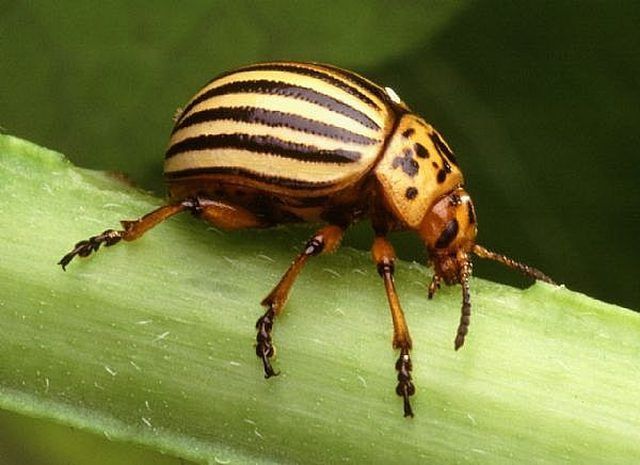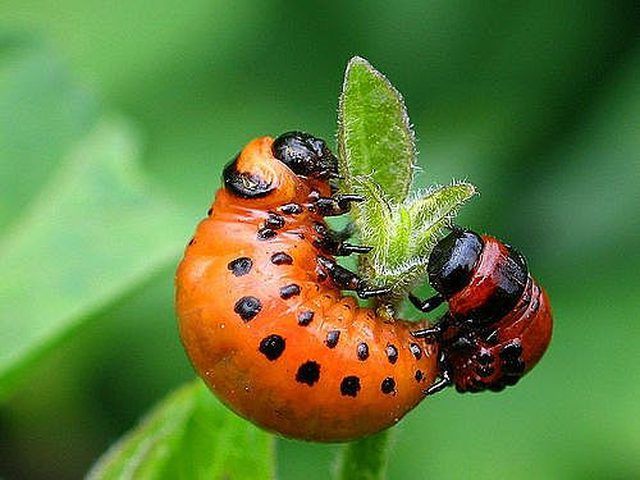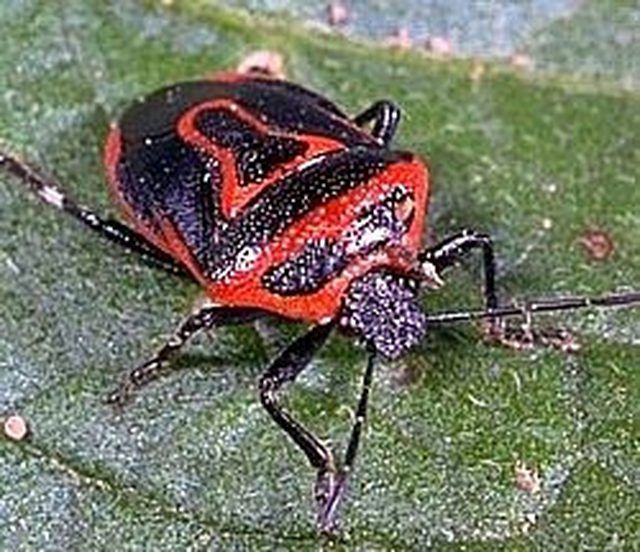Bulbs
Flower Basics
Flower Beds & Specialty Gardens
Flower Garden
Garden Furniture
Garden Gnomes
Garden Seeds
Garden Sheds
Garden Statues
Garden Tools & Supplies
Gardening Basics
Green & Organic
Groundcovers & Vines
Growing Annuals
Growing Basil
Growing Beans
Growing Berries
Growing Blueberries
Growing Cactus
Growing Corn
Growing Cotton
Growing Edibles
Growing Flowers
Growing Garlic
Growing Grapes
Growing Grass
Growing Herbs
Growing Jasmine
Growing Mint
Growing Mushrooms
Orchids
Growing Peanuts
Growing Perennials
Growing Plants
Growing Rosemary
Growing Roses
Growing Strawberries
Growing Sunflowers
Growing Thyme
Growing Tomatoes
Growing Tulips
Growing Vegetables
Herb Basics
Herb Garden
Indoor Growing
Landscaping Basics
Landscaping Patios
Landscaping Plants
Landscaping Shrubs
Landscaping Trees
Landscaping Walks & Pathways
Lawn Basics
Lawn Maintenance
Lawn Mowers
Lawn Ornaments
Lawn Planting
Lawn Tools
Outdoor Growing
Overall Landscape Planning
Pests, Weeds & Problems
Plant Basics
Rock Garden
Rose Garden
Shrubs
Soil
Specialty Gardens
Trees
Vegetable Garden
Yard Maintenance
How to control the Colorado Potato Beetle
How to control the Colorado Potato Beetle. How to control the Colorado Potato Beetle. The Colorado Potato Beetle, one of the nightmares of gardening. Not only will these little beetles eat up potato plants but tomato and eggplants as well. Proper control is necessary, here is a quick guide.

How to control the Colorado Potato Beetle. The Colorado Potato Beetle, one of the nightmares of gardening. Not only will these little beetles eat up potato plants but tomato and eggplants as well. Proper control is necessary, here is a quick guide.
Things You'll Need
Insecticides (if desired)
Willpower
Natural predators
Mulch
Floating row covers
Manpower
First you must know when the adults emerge for the spring. The Colorado Potato Beetle over winters as adults in leaf litter in the actual garden site or nearby such as a fence row. They emerge about early May, so by planting potatoes so that they do not bloom in early may will lessen the damage done by these beetles at first.
Crop rotation is another very good strategy to use against the Colorado Potato Beetle. By varying the crops you plant in one location it will decrease the size of the Colorado Potato Beetle infestation.
Manual removal by owners of small plots works wonders. Not only do the Colorado Potato Beetle adults need to be removed but the larva as well. The larva of the Colorado Potato Beetle are pictured here.

Natural predators can be used to your advantage by introducing them into your potato patch. Ladybugs (Ladybird Beetles) will prey upon the eggs of the Colorado Potato Beetle. Also in the eastern US two species of predatory stink bugs have proven useful to fight against the Colorado Potato Beetle. These are the Two spotted stink bug and the Spined Soldier Stink bug, both pictured in this article. Know these bugs well and introduce them to your garden. Also many parasitic wasps and parasitic fungi can be used to combat the Colorado Potato Beetle.

Insecticide/pesticide use should be with caution and in a rotation. The Colorado Potato Beetle has a high chance of developing an immunity to a pesticide/insecticide if used regularly and for a long time on your crops. Use a rotation to keep the Colorado Potato Beetle not immune to any particular insecticide.

By adding a physical barrier, such as a 4 inch mulch around the potato patch or using floating row covers, you will discourage the adult Colorado Potato Beetle from coming into your garden to feed. These can be used with some effect and should be used in conjunction with something else. Here's to good luck in fending off the Colorado Potato Beetle.